You may know Scandinavian trolls as the helpful creatures from Frozen, who heal Anna when she is injured, or the friendly Scandinavian gonk trolls with brightly coloured hair that children play with.
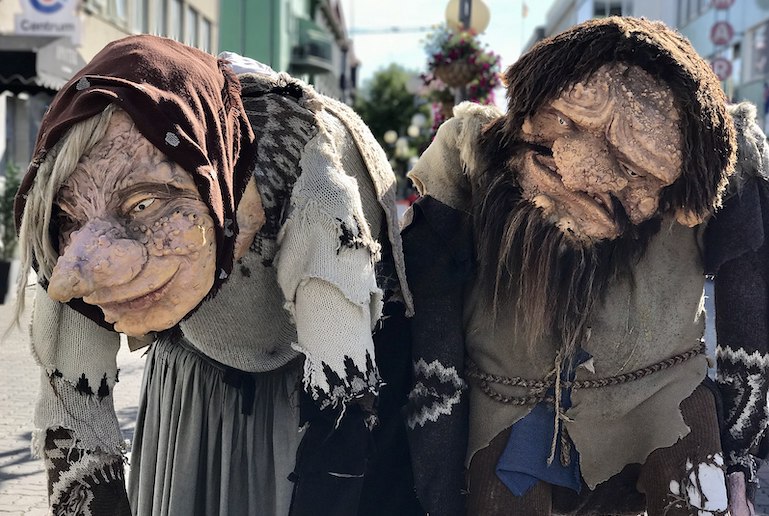
Or perhaps you think of them as the fearsome giant-like creatures that Harry Potter fights at Hogwarts, or who try to cook and eat hobbits in Lord of the Rings.
But, trolls in Scandinavian mythology have existed for many centuries. And the trolls in Scandinavian folklore were certainly not the benevolent creatures of some modern-day depictions!
So, we’ve looked into the history of trolls in Norway, Iceland and other Scandinavian countries and have answered some of the questions you may have about trolls and their origins.
Is it true that Scandinavians are more likely to believe in trolls and other mystical creatures? And are Norwegian trolls lucky?
Read on to find out all you need to know about Scandinavian trolls.
What is the role of trolls in Norse mythology?
The first mention of trolls in Nordic mythology was in the thirteenth century when they featured in the Prose Edda, a collection of Old Norse mythological poems.

The original trolls were depicted as giants and monsters, who came out at night and would explode or turn to stone if exposed to daylight.
One theory is that they were invented as a way to frighten children so that they wouldn’t go out after dark.
Who are the trolls in Scandinavian mythology?
In Nordic mythology trolls are known as jötunn, and each of the Scandinavian countries has their own particular trolls.
Finland has its benevolent Moomintrolls (for more on Moomintrolls and where to see them, click here), Iceland has the mischievous Yule Lads, while Norway has a variety of forest and mountain trolls.
Some people believe that if you speak a troll’s name, you’ll die. Here’s a list of some of the best-known Scandinavian troll names – but don’t say them aloud, just read them!
- Grendel: a troll first mentioned in the 8th-century English poem Beowulf
- Dunker: a troll who appears in a folktale from the Norwegian region of Fosen
- Ymer: the oldest and largest troll/giant from Norse mythology, also known as Aurgelmir
- Dovregubben: the troll king in Ibsen’s Peer Gynt
- Hrungnir: a strong giant in Norse mythology who was made of stone
- Trym: king of the giants in Norway’s Jotunheimen region
- Geirröd: father of the female giants Gjálp and Greip, who were killed by Thor
- Huldra: a troll who looks like a beautiful female human but has the tail of a cow
What do trolls symbolize in Norway?
Everyone in Norway knows a little about Norwegian troll mythology and trolls are an important part of the country’s folklore and legends.
Trolls are often depicted as strong, ugly and hostile to humans, though other tales have them simply as mischievous creatures.
They are also quite stupid and most troll tales involve them being outwitted by humans or other creatures, which is thought to be part of their appeal.
Where do trolls live?
Trolls are a Scandinavian phenomenon who traditionally live in caves and high remote places.
Norwegian mountain trolls and Norwegian forest trolls are commonplace in Nordic mythology, though other sources have them living underground, in rocky landscapes and generally anywhere that’s dark.
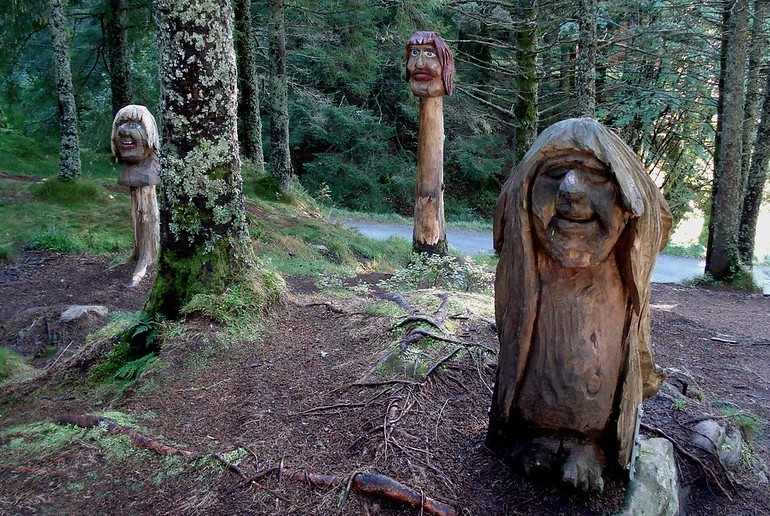
And, of course, living under a bridge is also popular in troll mythology. This derives from the Norwegian fairytale Three Billy Goats Gruff, about the attempts of three goats to cross a bridge beneath which lives a hungry troll who wants to eat them.
Other tales depict more benevolent trolls who form part of a stone bridge, holding up the structure and making it safe for people to cross.
What do trolls eat?
Trolls can eat adults, according to Scandinavian legend, but they prefer eating children and kids (baby goats). They are also known to be partial to the blood of Christians!
In Iceland, the Yule Lad trolls come down at Christmas time and eat everything from milk, to leftovers, sausages, meat, bread and skyr. For more on the Yule Lads and their antics, see all you need to know about the Yule Lads.
Are there reasonable grounds to believe that Norwegian trolls exist?
So, does Norway really have trolls? Of course, they are mythical creatures, but it’s true that some Norwegians believe in trolls.
And they are certainly part of the country’s heritage to the extent that several famous landmarks around the country are named after them.
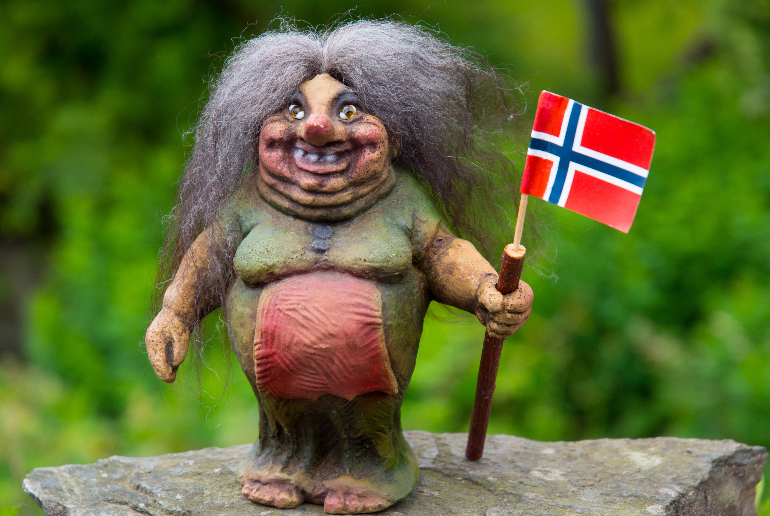
The iconic Trollstigen (literally “the troll’s ladder”) is one of Norway’s most dramatic roads, with eleven hairpin bends that wend up a scenic mountain pass. For more on the Trollstigen, see our post on Norway’s scenic routes.
And the Trolltunga (“troll’s tongue”) outcrop is one of the most photographed rock formations in the country.
Legend has it that the rock is actually a troll who was turned into stone after being exposed to daylight. For details about hiking up to this breathtaking viewpoint, see our guide to great hikes in Norway.
Are Norwegian trolls real?
No, but depictions of them certainly are. Scandinavian troll painting was very popular in the nineteenth century, with several artists making a living from painting the creatures.
Neo-Romantic artist Theodor Severin Kittelsen (1857–1914) is the best-known for his nature paintings and illustrations of fairy tales, legends and trolls.
Norwegian carved trolls are also popular and can be found carved from wood and painted, with some of the best-known examples by the Norwegian woodcarver Anton Sveen (1914–2009).
Alternatively, you can find trolls sculpted out of concrete, such as the seven-metre-high Holmenkollen Troll, near Oslo.
There were even Norwegian trolls at Epcot, the US theme park. The Maelstrom ride in the Norwegian Pavilion used to feature trolls, but sadly they were replaced in 2016 by a Frozen themed boat ride!
And if you want your own mini figure, you can buy Norwegian latex trolls which are hand-painted by the Norwegian artist Trygve Torgersen and his grandson, Bjorn Schulze, and are supposed to bring you luck!
So, are Norwegian trolls good luck?
It seems unlikely that such a fearsome creature as a troll could bring luck and the truth is that they don’t – it’s all a clever marketing ploy!
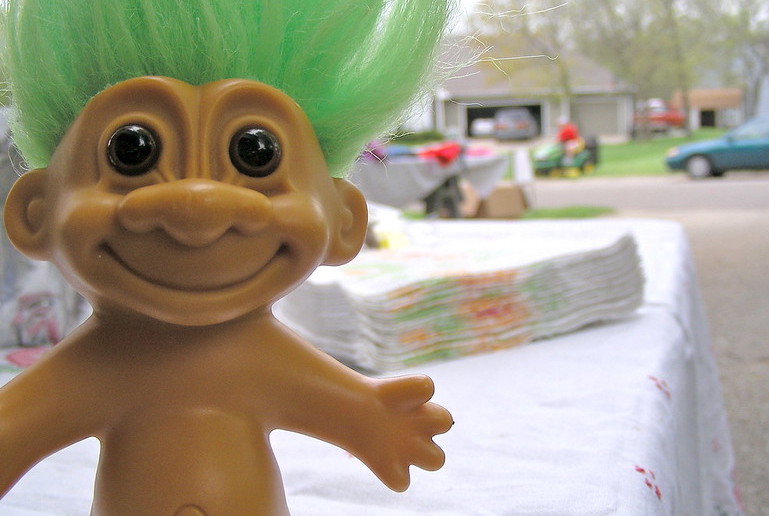
In the late 1950s, Dane Thomas Dan carved a wooden troll for his children and started a craze for ugly troll figures with wild brightly coloured hair. They were designed to make people laugh and, according to Scandinavian legend, “when you laugh, luck follows”.
So the original figures were marketed as “good luck trolls” and mass-produced in the 1960s.
Is it true that Swedish and Norwegian trolls can do magic?
Most myths agree that trolls can’t do magic, though some stories give the Norwegian forest trolls shape-shifting powers.
Do Icelanders believe in trolls?
Opinion polls on the subject suggest that many Icelanders do believe in elves, trolls and fairies. And, it’s true that building projects and roads in Iceland have been rerouted to avoid established fairy habitats.
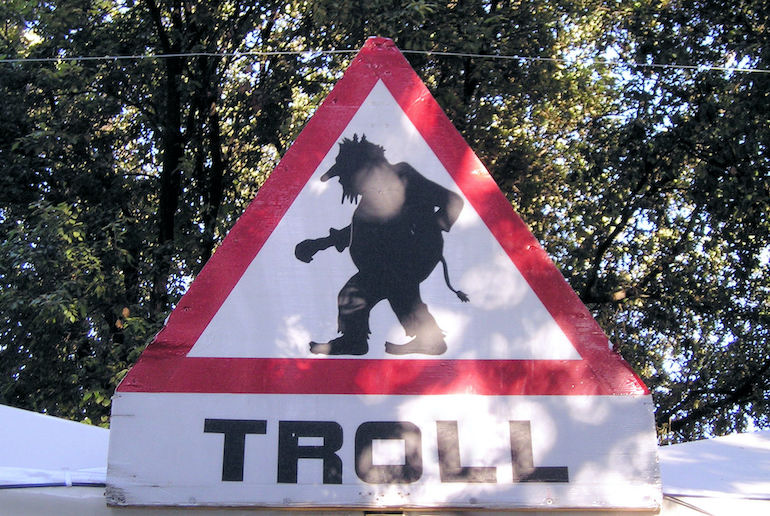
What’s more, the adventures of the trolls known as the Yule Lads are an integral part of an Icelandic Christmas.
However, when pressed on the subject most Icelanders say that although they don’t categorically believe in elves, trolls and fairies they refuse to deny the possibility of their existence – a subtle difference that is crucial to the open-minded Icelanders.
Scandinavian movie about trolls
If you’re looking for a Scandinavian troll movie, they come in all genres.
The 2011 film Trollhunters is a Norwegian horror movie about a man who kills trolls for the Norwegian government, while the Swedish horror film Borders is about a woman who discovers that she is a troll.
In an altogether lighter vein, the popular children’s animated film Trolls is a comic adventure featuring two cheery trolls who go on a quest to save their village from the troll-eating Bergens!
And recently it was announced that Netflix would be showing Norwegian director Roar Uthaug’s new movie Troll about an ancient troll who awakes from his mountain lair intent on destroying the city of Oslo.
See also:
Norse gods and goddesses: the ultimate guide
Norway’s scenic routes
What is Helsinki syndrome?

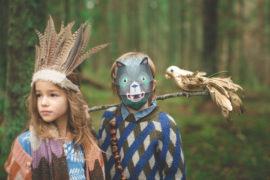
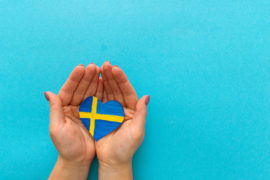
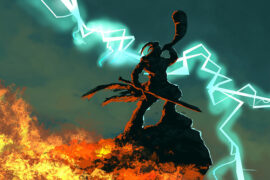
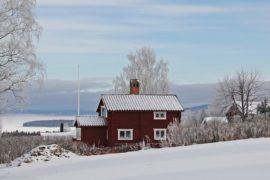
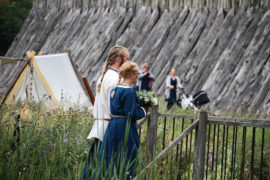
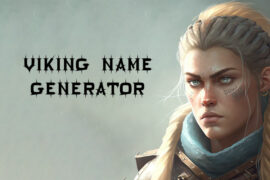
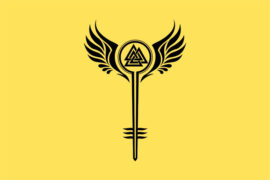
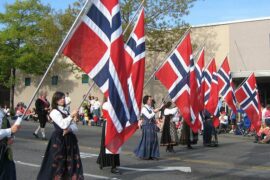
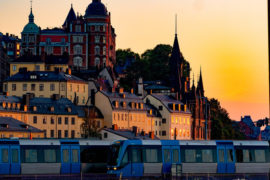
“Trolls can eat humans, according to Scandinavian legend, but they prefer eating children and kids (baby goats).”
Children are humans, too!
You’re not wrong! We just corrected that line to make it read more clearly 🙂